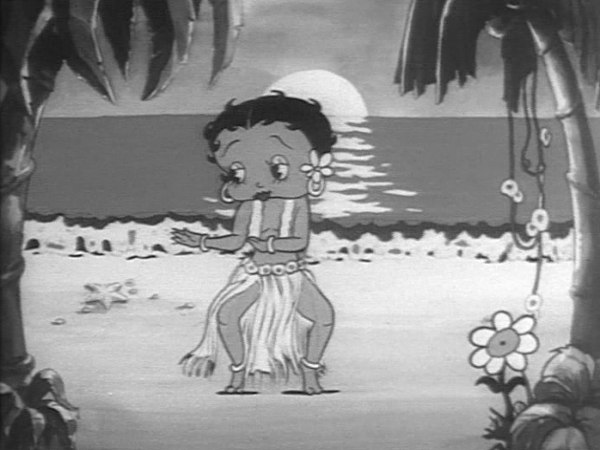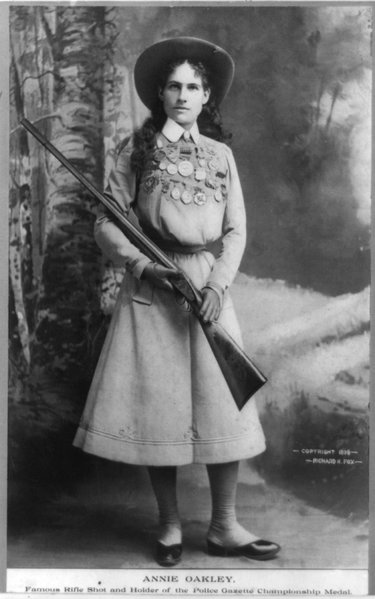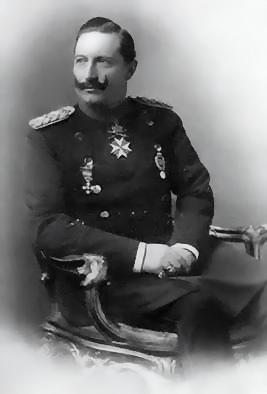Random Intellingence IV
- by Pixel
- Metafiction is a type of fiction that self-consciously addresses the devices of fiction. It is the literary term describing fictional writing that self-consciously and systematically draws attention to its status as an artifact in posing questions about the relationship between fiction and reality, usually, irony and self-reflection. Metafiction is primarily associated with Modernist and Postmodernist literature, but is found at least as early as Cervantes‘ Don Quixote and Chaucer‘s 14th Century Canterbury Tales.
Some common metafictive devices include:- A work of fiction within a fiction
- A novel about a writer writing a novel
- A novel about a reader reading a novel
- A story addressing the specific conventions of story, such as title, paragraphing or plots.
- A non-linear novel, which can be read in any order other than from beginning to end
- Narrative footnotes, which continue the story while commenting on it
- A novel wherein the author (not merely the narrator) is a character
- A movie in which a character reads a fictional story
- A movie or television show in which a character begins humming, whistling, or listening to (on a radio, etc), the show or movie’s theme song
- A parallel novel which has the same setting and time period as a previous work, and many of the same characters, but is told from a different perspective
- A work of fiction directly referencing another work that internally references the first work.
- A story that anticipates the reader’s reaction to the story.
- Characters who do things because those actions are what they would expect from characters in a story.
- Characters who express awareness that they are in a work of fiction
- A real pre-existing piece of fiction X, being used within a new piece of fiction Y, to give the illusion that Y’s fictional world is “our world”
- A story where the author is not a character, but interacts with the characters.
- A dialogue between two characters who interact within the dialogue with the author himself, who enters the dialogue he is writing as a character created by him.
 Betty Boop is an animated cartoon character appearing in the Talkartoon and Betty Boop series of films produced by Max Fleischer and released by Paramount Pictures. In keeping with common practice, Natwick made his new character an animal, in this case, a French poodle. The animator redesigned her in 1932 to be recognizably human in the cartoon Any Rags. Her floppy poodle ears became hoop earrings, and her poodle fur became a bob haircut. She appeared in ten cartoons as a supporting character, a flapper girl with more heart than brains. Betty Boop is noteworthy for being the first cartoon character to fully represent a sexual woman. Other female characters of the same period showed their panties regularly, like Minnie Mouse, but didn’t have a full caricature of a woman’s form. Betty, however, reveled in her sexuality. She wore short dresses and a garter belt. Her breasts were prominent, and she showed her cleavage. In her cartoons, other characters try to sneak peeks at her while she’s changing.
Betty Boop is an animated cartoon character appearing in the Talkartoon and Betty Boop series of films produced by Max Fleischer and released by Paramount Pictures. In keeping with common practice, Natwick made his new character an animal, in this case, a French poodle. The animator redesigned her in 1932 to be recognizably human in the cartoon Any Rags. Her floppy poodle ears became hoop earrings, and her poodle fur became a bob haircut. She appeared in ten cartoons as a supporting character, a flapper girl with more heart than brains. Betty Boop is noteworthy for being the first cartoon character to fully represent a sexual woman. Other female characters of the same period showed their panties regularly, like Minnie Mouse, but didn’t have a full caricature of a woman’s form. Betty, however, reveled in her sexuality. She wore short dresses and a garter belt. Her breasts were prominent, and she showed her cleavage. In her cartoons, other characters try to sneak peeks at her while she’s changing.- Ethel Merman (16 January 1908 – 15 February 1984) was a Tony Award– and Grammy Award-winning American star of stage and film musicals, well known for her powerful voice and vocal range, often hailed by critics as “The Queen of the Broadway stage”. Merman was mentioned in the Broadway musical The Producers. During the song “Springtime for Hitler“, Hitler says the line: “Heil myself, Watch my show! I’m the German Ethel Merman, don’t ya know!” Merman had a cameo appearance in the movie Airplane! when a combat veteran suffering from “severe shell-shock” believed he was Ethel Merman. During the course of the joke she sang “Everything’s Coming Up Roses“.
 Annie Oakley (13 August 1860 – 3 November 1926) b. Phoebe Ann Mosey was an American sharpshooter and exhibition shooter. Oakley’s amazing talent and luck led to a starring role in Buffalo Bill’s Wild West show, which propelled her to become the first American female superstar. Using a .22 caliber rifle at 90 feet (27 m), Oakley reputedly could split a playing card edge-on and put five or six more holes in it before it touched the ground. The 1946 Broadway musical Annie Get Your Gun is very loosely based on her life. The original stage production starred Ethel Merman, who also starred in the 1966 revival.
Annie Oakley (13 August 1860 – 3 November 1926) b. Phoebe Ann Mosey was an American sharpshooter and exhibition shooter. Oakley’s amazing talent and luck led to a starring role in Buffalo Bill’s Wild West show, which propelled her to become the first American female superstar. Using a .22 caliber rifle at 90 feet (27 m), Oakley reputedly could split a playing card edge-on and put five or six more holes in it before it touched the ground. The 1946 Broadway musical Annie Get Your Gun is very loosely based on her life. The original stage production starred Ethel Merman, who also starred in the 1966 revival.
In 1903, the newspaper magnate, William Randolph Hearst, published a false story that Oakley had been arrested for stealing to support a cocaine habit. Annie Oakley spent much of the next six years winning 54 of 55 libel lawsuits against newspapers. She collected less in judgments than were her legal expenses, but to her, a restored reputation justified the loss of time and money. Annie continued to set records into her 60s, and she also engaged in extensive, albeit quiet, philanthropy for women’s rights and other causes, including the support of specific young women that she knew. She embarked on a comeback, and intended to star in a movie. In a 1922 shooting contest in Pinehurst, North Carolina, sixty-two-year-old Annie hit 100 clay targets straight from the 16 yard mark. Her health declined in 1925. Annie Oakley died on 3 November 1926, of pernicious anemia, at the age of 66 and was buried in Brock Cemetery[10] in Greenville, Ohio. Her husband, Frank Butler, was so crushed by her death that he stopped eating. He died just 20 days later. After her death it was discovered that her entire fortune had been spent on her family and her charities. William II or Wilhelm II (born Prince Frederick William Albert Victor of Prussia; German: Prinz Friedrich Wilhelm Albert Viktor von Preußen) (27 January 1859–4 June 1941) was the last German Emperor and King of Prussia (German: Deutscher Kaiser und König von Preußen), ruling both the German Empire and Prussia from 15 June 1888 to 9 November 1918. It remains unclear how large a role William actually played in leading Germany into the First World War. William is often referred to as The Kaiser in the United Kingdom.
William II or Wilhelm II (born Prince Frederick William Albert Victor of Prussia; German: Prinz Friedrich Wilhelm Albert Viktor von Preußen) (27 January 1859–4 June 1941) was the last German Emperor and King of Prussia (German: Deutscher Kaiser und König von Preußen), ruling both the German Empire and Prussia from 15 June 1888 to 9 November 1918. It remains unclear how large a role William actually played in leading Germany into the First World War. William is often referred to as The Kaiser in the United Kingdom.
Traumatic breech birth left him with a withered left arm due to Erb’s Palsy, which he tried with some success to conceal. In many photos he carries a pair of white gloves in his left hand to make the arm seem longer, or has his crippled arm on the hilt of a sword or clutching a cane to give the effect of the limb being posed at a dignified angle.
When war came about in 1914 William sincerely believed that he was the victim of a diplomatic conspiracy set up by his late uncle, Edward VII, in which Britain had actively sought to “encircle” Germany through the conclusion of the Entente Cordiale with France in 1904 and a similar arrangement with Russia in 1907. This is indicative of the fact that William had a highly unrealistic belief in the importance of “personal diplomacy” between European monarchs, and could not comprehend that the very different constitutional position of his British cousins made this largely irrelevant.
Related posts:
- Necro Autobiographical Microfiction Microfiction is a ludicrously short story, usually about 250 words. Microficticious works have all the same elements as regular works, but are forced to show them quicker. If novels are meant to be read over...
- Random Intelligence I I have decided to create a new game/series. This one is called “Random Intelligence.” The point is for me to provide you with five to ten new (to me) facts, figures, or stories. These need...
- Random Intelligence II The term “dramedy” first came into use in the mid-1980s to describe a new wave of similarly genre-blurring series such as Moonlighting, The Wonder Years, and Hooperman. It appears in an early Usenet post [1]...
Powered by YARPP.
Metafiction is a type of fiction that self-consciously addresses the devices of fiction. It is the literary term describing fictional writing that self-consciously and systematically draws attention to its status as an artifact in posing questions about the relationship between fiction and reality, usually, irony and self-reflection. Metafiction is primarily associated with Modernist and Postmodernist…
Wow! I’ve learned a thing or twelve today! Thank you.
You should be a teacher. You just managed to make a few very dull subjects slightly entertaining…